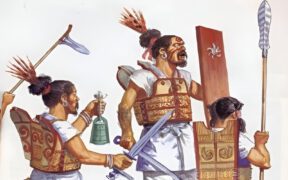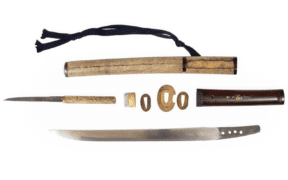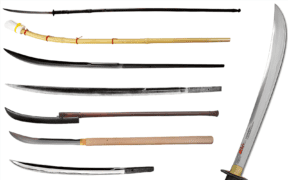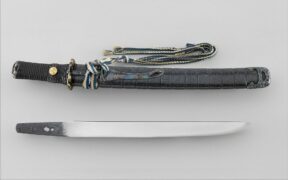11 Unique Tanto Styles You Should Know About
NO AI USED This Article has been written and edited by our team with no help of the AI
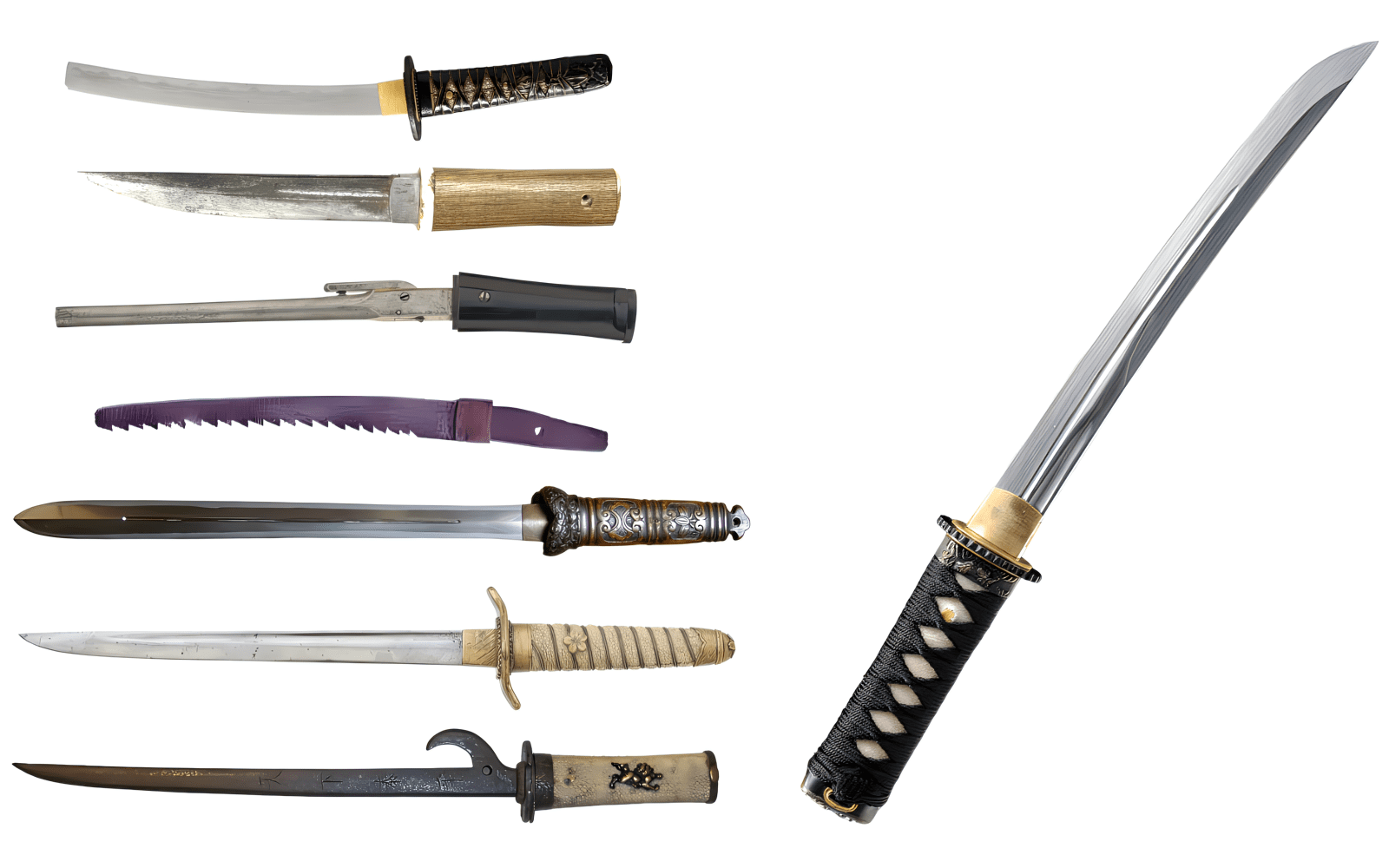
The Japanese dagger, known as the tanto, comes in various types and sub-types, each differing in its blade, hilt, scabbard, and fittings. Traditionally, the tanto was used by samurai for self-defense, but over time, changes in its design have also altered its functions.
Some daggers were crafted specifically for combat, while others were designed to be discreetly hidden inside a kimono (Japanese robe).
In this article, we will explore the different types of Japanese daggers, starting with the iconic tanto and then moving on to other popular styles from various historical eras.
Tanto
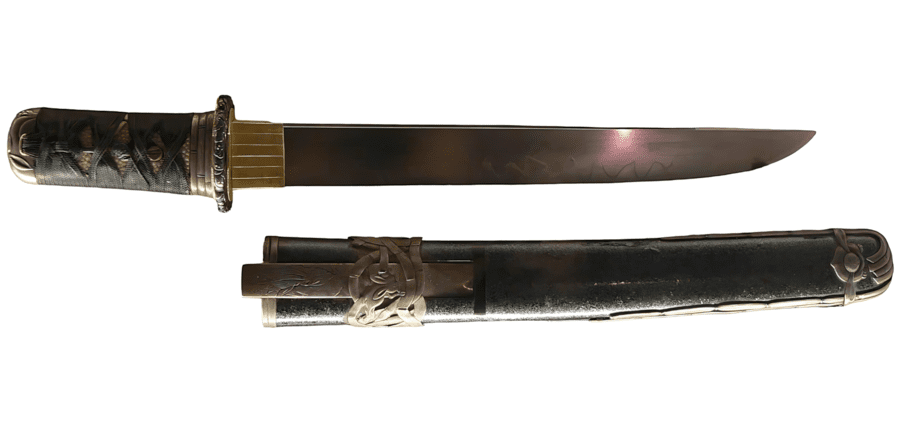
The most popular Japanese dagger, and one that was widely used by the samurai, is simply known as tanto. It emerged during the Heian Period (8th-12th century CE). It has a single sharpened edge with a pointy tip and a straight or curved blade, featuring a hamon (temper line).
Samurai tanto comes in many variations and designs. Some, like the aikuchi, were designed to be light and stealthy, while others, like the hamidashi, were intended for actual armored combat.
1. Modern (Tanto) Daggers

The modern tanto retains historically accurate characteristics but is made of contemporary carbon steel and features a handle made of durable rubber or G10 scales.
Typically, their scabbards are Molle-compatible, allowing them to be mounted on backpacks and belts.
2. Gendaito (Post-Tokugawa Shogunate) Tanto Daggers

Gendaito are tanto daggers made after the samurai Tokugawa Dynasty (post-1868) and were used actively in various wars up until the Second World War.
Some of these daggers (those known as kyu gunto) were inspired by European weapons. Others (shin gunto) were modern interpretations of the traditional tanto, built with contemporary materials. Both the kyu gunto and the shin gunto differ in appearance from their traditional counterparts.
3. Yari Tanto
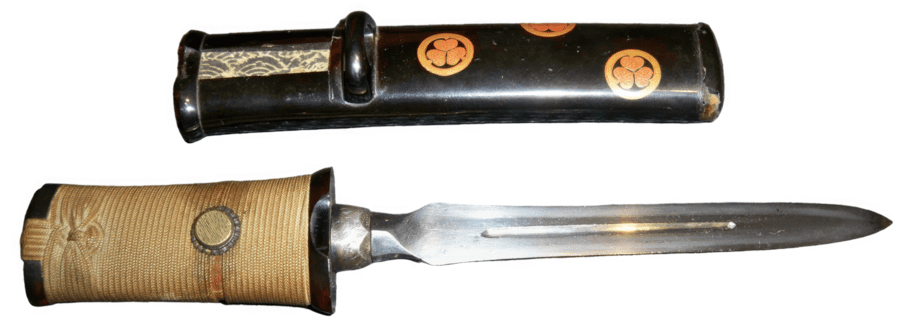
The yari tanto is a Japanese dagger that has a traditional Japanese spearhead for a blade. It is double-edged, pointy, and suitable for self-defense. The cross-section of the blade is triangular, which increases its durability, and it has a small fuller in the center.
4. Pistol Tanto
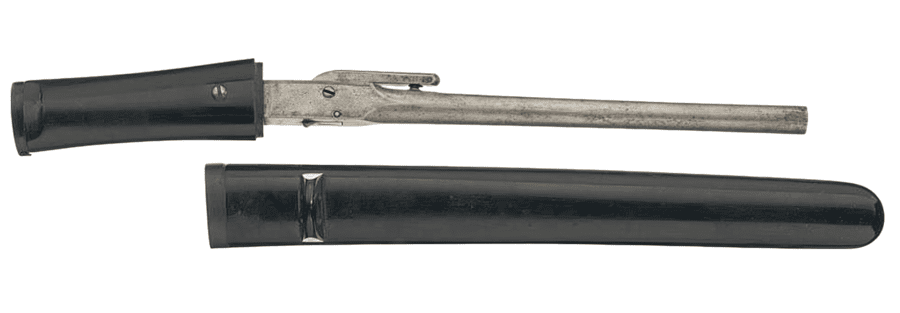
Instead of a traditional single-edged blade, the pistol tanto has a metal pipe mounted on a traditional scabbard and handle and functions as a firearm. These tanto pistols appeared as early as the Sengoku Jidai (15th-17th century CE) and could be loaded with a single shot.
“Although large caliber, their short range and long loading time made them impractical for battlefield use and [they were] mostly seen as status symbols”, says Matsumoto Teppo-tai, a samurai team of gun interpreters.
5. Kubikiri Tanto

Kubikiri tanto daggers are known as “head cutters”. Their blades curve downward toward the tip and the sharpened edge is on the inside, similar to a sakabato katana.
Most have blunted tips indicating that they weren’t made for combat but were instead intended for everyday work.
6. Ken Tanto
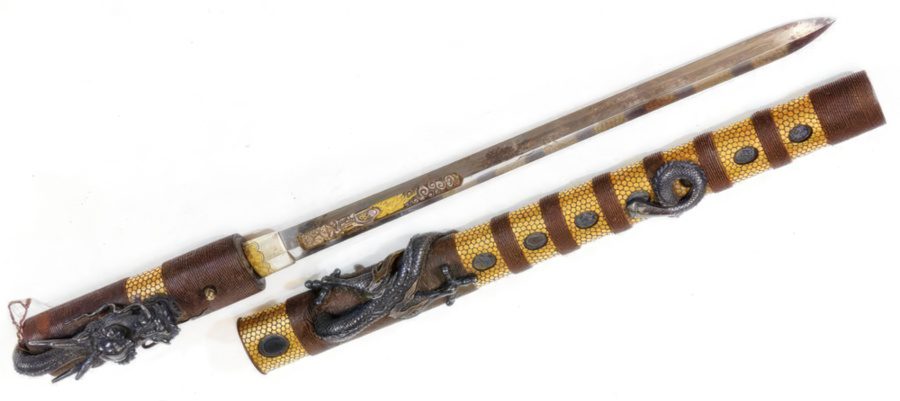
The ken tanto is a special type of Japanese dagger that has a double-edged blade. Such blades were in the tradition of the tsurugi, one of Japan’s first types of edged weapons.
Ken daggers have a diamond cross-section and were occasionally used for combat, although most were ceremonial.
7. Fan Tanto
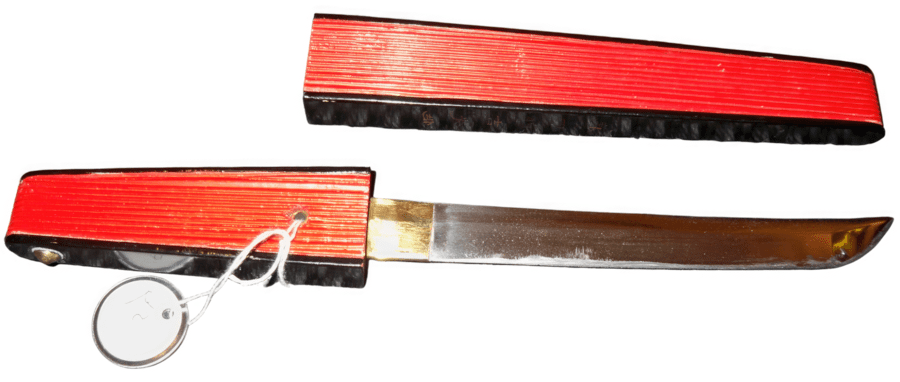
Fan tanto Japanese daggers have a single-edged blade that can be sharpened and mounted inside a traditional folded Japanese fan. Most carried a very low-grade blade and were sold as decorative items to tourists.
8. Saw Blade Tanto
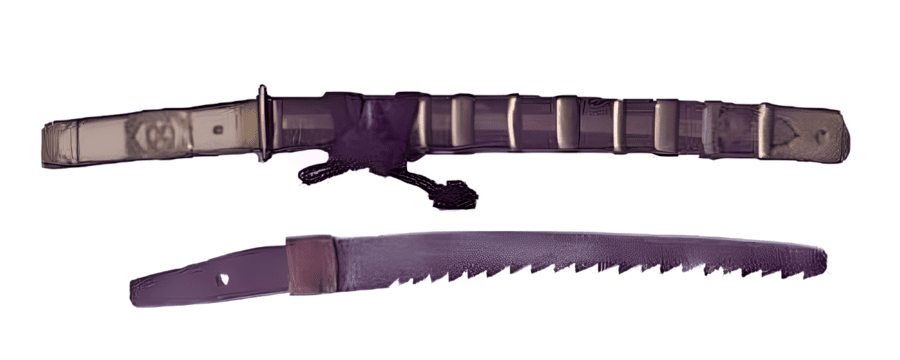
Saw blade tantos are one of the rarest Japanese daggers and were used for pruning trees or firefighting. They feature a traditional curved blade with a saw edge.
Some models are pointy at the tip indicating that they may have been intended for combat.
9. Hachiwara Tanto

The hachiwara is a defensive type of dagger that is made from a stiff iron bar. Its blade is curved and has a square cross-section and a hook near the handle.
Its main purpose was to counter swords or armor, hence its nickname, “swordbreaker” or “helmet breaker”.
10. Yayoi Bronze Dagger
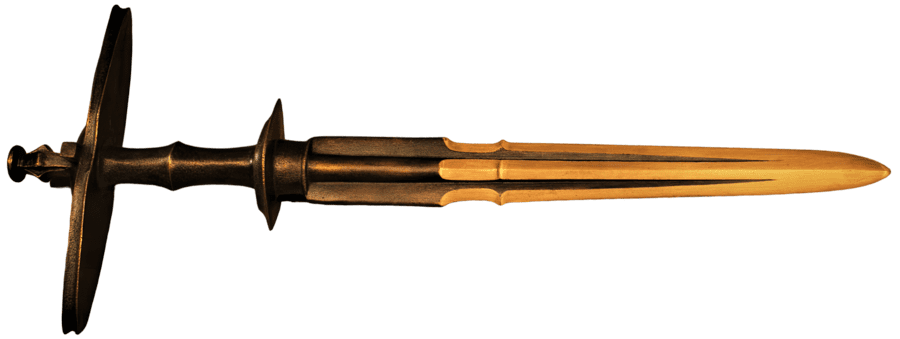
The yayoi bronze dagger is one of the earliest examples of a functional Japanese edged weapon. It was used in the Yayoi period (3rd century BCE-3rd century CE), hence the name, and made of bronze. It was mostly ceremonial.
11. Japanese Stone Dagger

Japanese stone daggers are early ritual artifacts that were used for ceremonial purposes.
They were made by grinding a single piece of stone into the shape of a contemporary bronze dagger and were originally imported from Korea and China.
